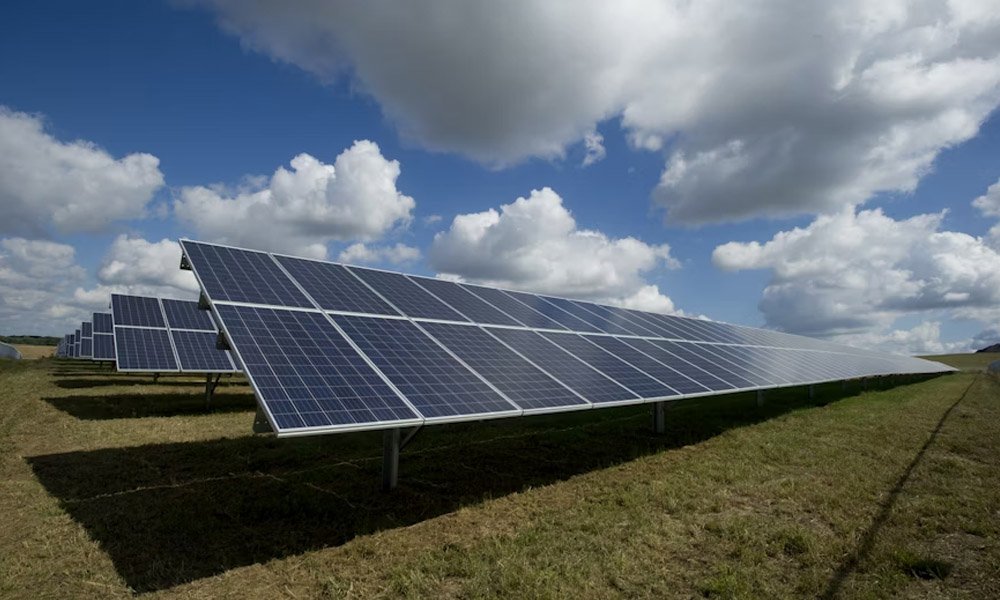Do you want to reduce growing energy costs? Who doesn’t?! There are a few ways to do this, but as many homeowners know, one of the best options is to invest in solar panels or solar photovoltaic (PV) systems, to help reduce costs from energy bills, increase a home’s sustainability, and boost property value.
For many homeowners, the upfront costs of these systems can be extremely daunting, but this guide aims to break down the key considerations to help you understand the essentials of solar PV systems and how they can help you to maximise the energy efficiency of your home.
How Solar PV Works
When looking into solar PV systems, you may have come across solar thermal systems. This begs the question – solar PV and solar thermal, what’s the difference between them?
Solar PV systems convert sunlight into electricity using photovoltaic cells, and these are typically installed on rooftops via panels. The sunlight hits the cells, generates a direct current of electricity, which is then converted into an alternating current through an inverter. A solar thermal system is similar, but it only converts the energy into heat. Solar PV systems are able to generate enough power to cover a large portion of all household electricity needs, but will vary depending on factors such as the size of the roof and the local climate.
Your Home’s Solar Potential
Another thing to consider is your property’s solar potential. Such things include your roof’s orientation and tilt, as south-facing roofs will typically receive the most sunlight in the northern hemisphere, and even the angle of the roof will impact energy production. Of course, most modern solar panels are very adaptable and can thrive in even the least ideal conditions.
You should also look at the shade surrounding your property. Trees, neighbouring buildings, or even nearby roof structures can reduce the efficiency of your panels. Even partial shade can have an impact on certain system performances.
The average lifespan of a roof is between 15 and 20 years, and solar panels last for 25 to 30 years, so it’s important to check that your roof is in good condition before your solar panels are installed. A roof that isn’t in good condition will likely cause issues with the position of the panels, which can hinder performance and may even cause your roof to cave in!
Financial Incentives
Onto the parts that many homeowners dread with solar panels: the cost. The cost of a solar PV system will vary based on its size, the quality of the components, and the installation complexity. Typically, the average installation in a residential property will range from around $15,000 to $30,000 before incentives. Of course, solar panels can pay for themselves over time through reduced energy bills, but, based on where you are in the world, you should always check for financial incentives for homeowners.
In the United States, the Federal Solar Investment Tax Credit will allow you to deduct a portion of the installation cost from your federal taxes. There are also solar loans, leases, and power purchase agreements, which enable homeowners to go for solar panels with little to no upfront cost, so be sure to check these options out before you book a fitting to get a better idea of the upfront costs.
Maintenance and Long-Term Considerations
The majority of solar PV systems have low maintenance requirements, and most panels will come with warranties that span 20 to 25 years, with the inverters also coming with warranties of around 10 to 15 years. As is the way, though, regular maintenance will prevent issues from occurring and usually involves cleaning the panels to remove dirt and debris as well as monitoring system performance.
There are also options to consider to help with the efficiency of the panels, such as adding batteries to increase the solar energy usage, storage, and to provide backup during electricity outages in the home. These will also require you to conduct maintenance on the batteries and, of course, in wetter climate conditions, you should keep an eye out for rust under the battery and other exposed solar panel components, to keep the system running smoothly.
On a final note, be sure to check that the company that installs the solar panels is licensed to do so and check that any company you want to work with has good customer service and ratings. The last thing you want is a shoddy job that has to be redone in a few months, leading to more expenses!
By investing in a solar PV system, you can ensure significant financial savings as well as environmental benefits, but you need to ensure that your roof is in good condition and that you have the right system and installer in place, as well as being confident in overseeing the maintenance.

 News3 months ago
News3 months ago
 Health2 years ago
Health2 years ago
 Technology2 years ago
Technology2 years ago
 Celebrity2 years ago
Celebrity2 years ago

















